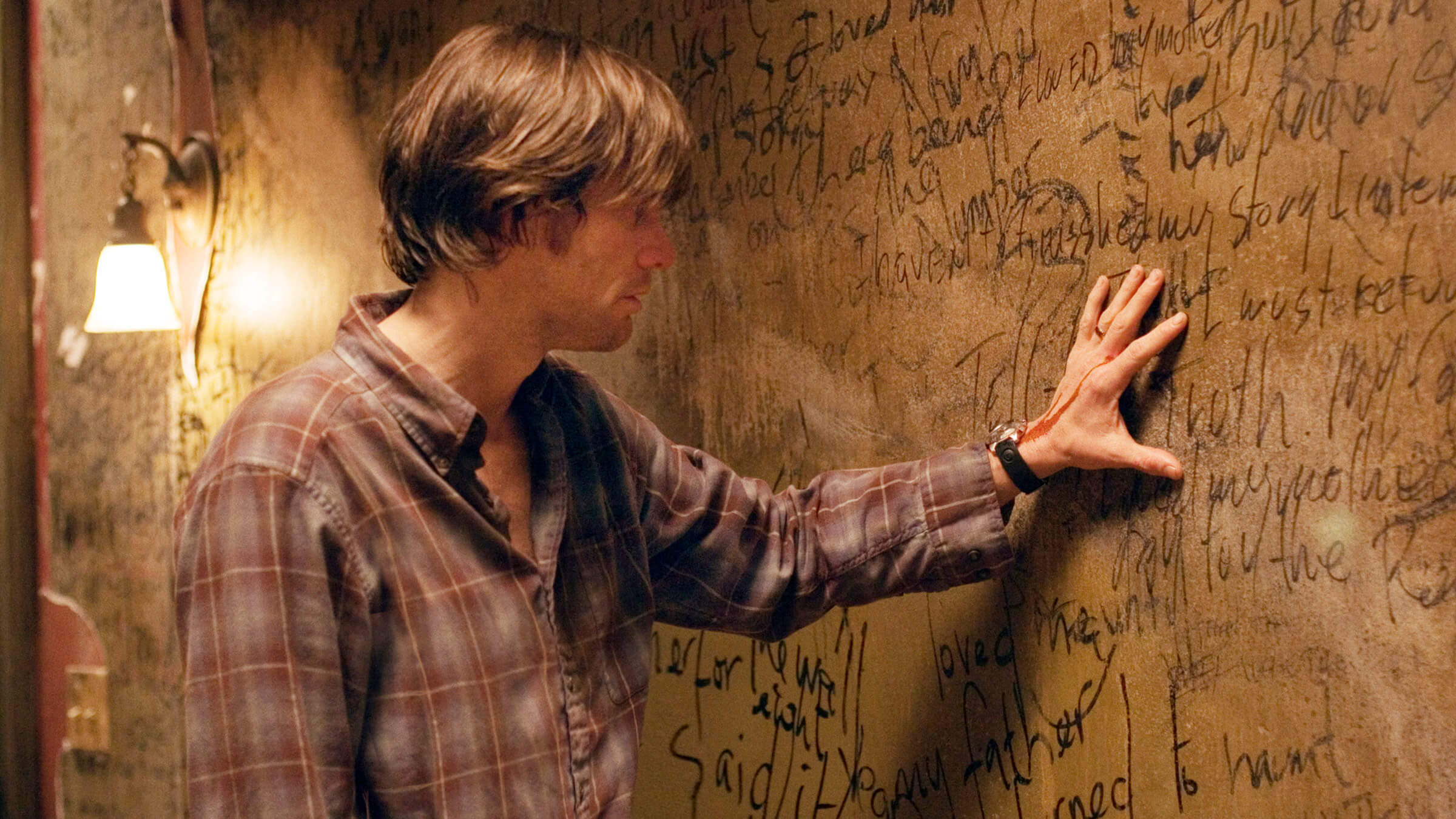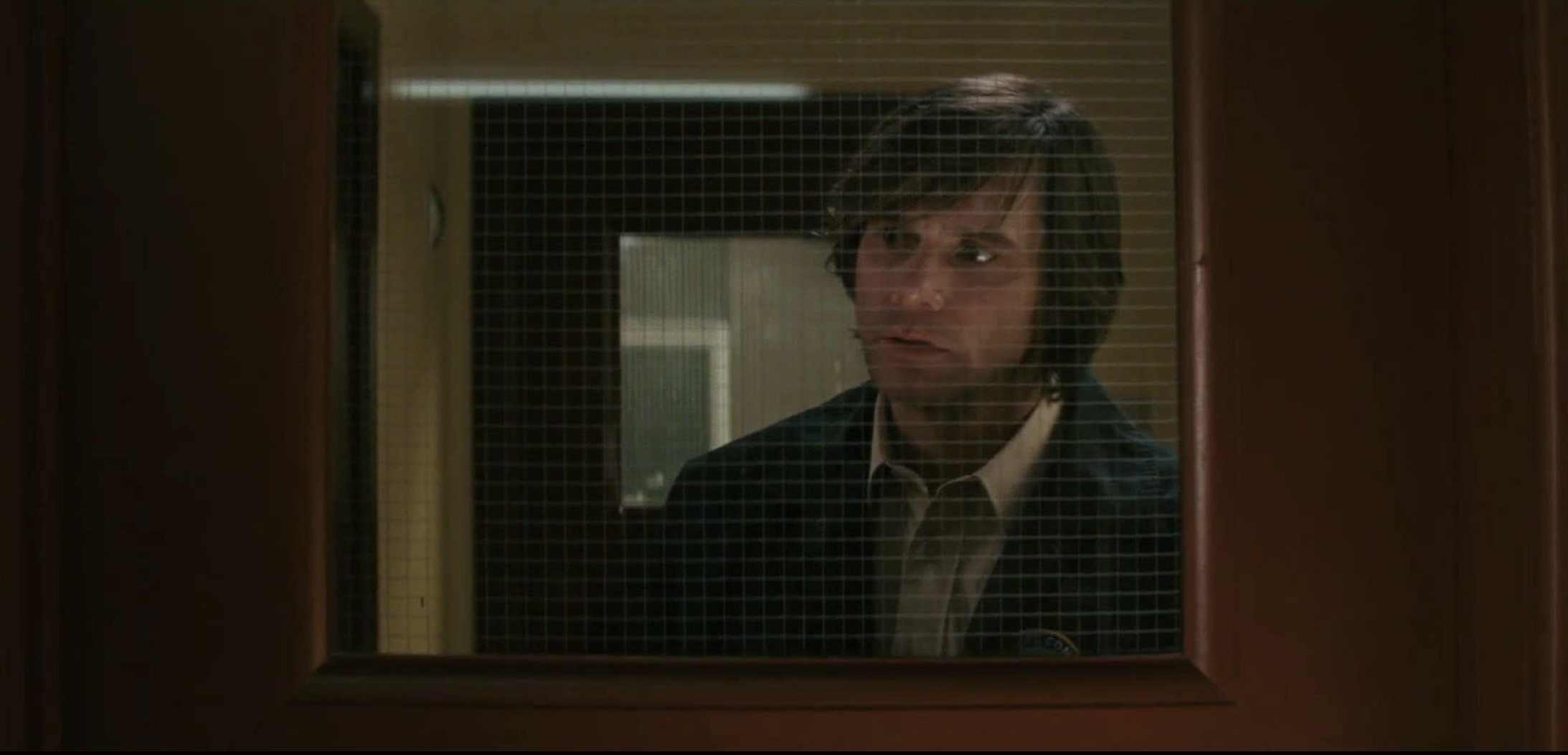By Chris Courtney Martin · May 10, 2023

Joel Schumacher’s 2007 hair-raising tale of The Number 23 is as twisty a narrative as they come, which makes it all the more fun to break down in mind-bending detail. But in order to subvert expectations, much like this movie does with its audience, we chose a lesser-known story structure to use in our script breakdown.
Here’s a link to the script so you can follow along!
It all starts with psychologist Carl Jung in 1919 when he observed several universal patterns and symbols that existed in our collective unconscious. He called them “archetypes.” Several decades later, author and scholar Carol S. Pearson cultivated a list of common archetypes based on Jung’s theory and wrote a book called The Hero Within: Six Archetypes We Live By.
It included in Pearson’s archetypes were the Innocent, the Orphan, the Wanderer, the Warrior, the Altruist and the Magician. What does this have to do with screening? Character is where it’s at when it comes to archetypes.
Screenwriting expert Jeffrey Alan Schechter took Pearson’s book and used it to create a character arc for people who write movies. In his structure, the film’s protagonist begins a journey in Act 1 as the Orphan. Then, as the movie progresses, the protagonist becomes the Wander in Act 2, the Warrior after Midpoint and finally the Martyr in the finale.
You can find more in Schechter’s book My Story Can Beat Up Your Story.

The Number 23 (2007)
But let’s jump into what that breakdown looks like when we throw it against The Number 23. The film is about a man named Walter Sparrow who becomes obsessed with a novel about the number 23 and believes it was written about him. His quest to find the truth sends him down a mind-bending rabbit hole.
Fernley Phillips wrote the 2007 screenplay, but his pre-shoot draft has some significant differences from the final film, taking a much darker turn at the end. That ending fits the Pearson-Schechter model in a more literal sense. (We’ll talk more about that later.) But the film still keeps the spirit of this arc structure paradigm.
Not an easy feat for a story-within-a-story. Yet, it makes for a surefire method of organizing your character’s change through the 3-act structure.
Not sure what 3-Act Structure is? Read How To Use 3-Act Structure To Better Write Your Screenplay
In The Number 23, Walter is an ordinary father and husband who works as a dog catcher. Though the audience doesn’t yet know it, this alienation and isolation are indicative of the Orphan phase of Schechter’s character arc. We see this in the frustration his everyday life brings him.
Though Walter loves his family, he’s battling disdain for the people he must interact with– from his wife Agatha’s friends to his own co-workers. When Walter finds the book, it’s easy for him to get pulled away from a life with components he finds painfully banal. The plot of the book revolves around a detective named “Fingerling” who is obsessed with the 23 enigma.
Walter is intrigued by this given he too notices the number 23 surfacing in several places in his life. And the idea that someone might find a man like him interesting enough to rip off his life’s story fills a little void in his ego. The dog bite that catalyzes his story is the most exciting thing to happen to him in a long time.
The Orphan archetype is also present in Walter’s book-based alter-ego “Fingerling.” At eight years old, Fingerling finds his neighbor’s corpse. This is something nobody around him can relate to, including his emotionally distant father and overcompensating mother.
Read More: How to Effectively Use the Rule of Threes in Your Script

The Number 23 (2007)
In this phase, Walter gets pulled even more deeply into the novel, while Agatha and Robin come along for the ride of his growing fixation. He compares notes with Agatha’s reading of the novel and struggles to convince her of the parallels between his life and Fingerling’s. At the same time, he’s plagued with violent nightmares about killing her that he doesn’t understand. Now, reading the book to get to the bottom of its impact on his psyche is an obligation — one that interferes with his everyday life. Walter crosses paths with the numerology of 23 when he gets to the Suicide Gal chapter, and it quickly consumes him the way it does the characters in the book. He returns to the bookstore to see what he can find, but the answers are unsatisfactory. Walter’s left to see what Agatha’s doctor friend Isaac (whom he doesn’t even like) might know about the number.
Fingerling’s life serves as Walter’s B-Story. In the book, Fingerling’s love interest is Fabrizia. Fingerling meets Suicide Gal, who puts him on the path of 23. And it immediately deteriorates his relationship with his beloved fiancee. His obsession leads him to the psych doctor Phoenix and drives Phoenix and Fabrizia into each other’s arms.
Read More: Looking at Another Joel Schumacher Film Trespass
Fingerling imagines catching Fabrizia and Phoenix in the heat of their affair. Walter suspects Agatha and Isaac, whom he pictures as analogs of these novel characters, doing the same thing. The book, and its titular number, appear to be in total control of Walter’s fate.
In the novel, Fingerling resorts to brute force in a dysfunctional attempt to regain control of his life. He murders Dr. Phoenix and Fabrizia. His story ends with suicide in a criminal insane asylum.
Conversely, Walter does everything he can to prevent himself from following Fingerling’s path of violence. Walter holes up at a hotel. (You can guess his room number.) He attempts to turn himself into the cops for the murders he’s afraid he might commit– which doesn’t work. Walter even seeks answers from the dog that bit him, which leads him to the grave of Laura Tollins. His research into Laura’s murder takes him to a man who he realizes was framed for it. All his time spent fighting for answers only leads to the biggest questions of all– Who really killed Laura and why did they write the book?
Read More: 7 Things You’ll Need to Write a Strong Story Structure
In the Martyr phase, Walter is left with no choice but to let his wife and son, whom he wants to protect from all of this, help him find the real author/killer. As their attempts start to feel sabotaged, Walter suspects Agatha is behind all of it. But when she tells Walter it was him all along, he realizes she’s right. After facing his psychiatrically-repressed memories of jealously murdering his college girlfriend Laura and tangentially confessing via the book, Walter cannot live with the possibility of killing anyone else. In the original draft of the screenplay, Walter steps in front of an oncoming bus numbered “23.”
If you’ve seen the movie, you know that the ending was changed so that Walter turns himself in for Laura’s murder, freeing the framed man. He is rewarded by the support of his family, who continue to visit him in prison– still a sacrifice, but one with redemption.
Read More: 25 Essential Cult Movies You Must Watch
___
Schechter’s principles are the perfect tool to analyze this story because other structural templates might have some difficulty tracking a balance between the arcs of two “separate” characters as they mesh together as one. The Number 23 is composed in a way that leaves less room to build the traditional story beats prescribed for a typical movie hero.
Through Schechter’s psych-based lens, we can transmute the expected story cues in favor of simply conveying the emotional energy shifts between both characters. And we can do so without relying on a set number of predetermined beats as a shorthand.
Read More: Judas and the Black Messiah: Breaking Down the Story Structure of Betrayal